
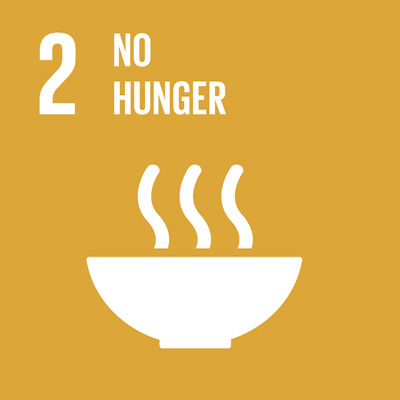

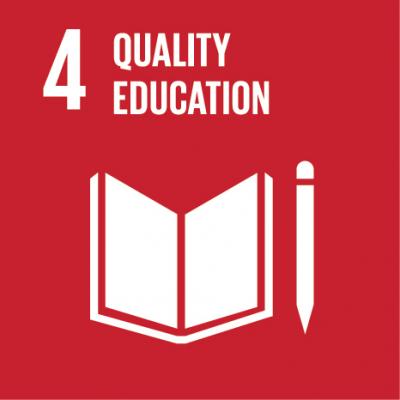
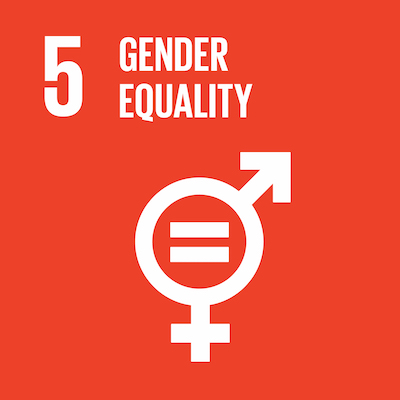
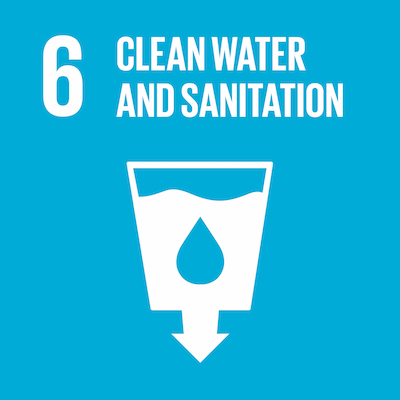
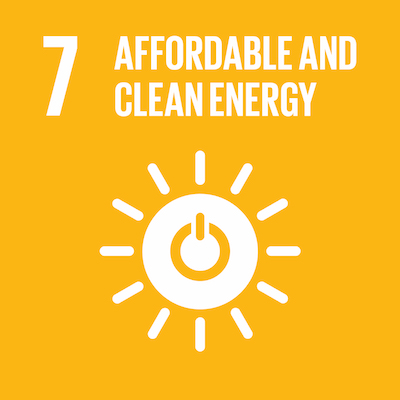
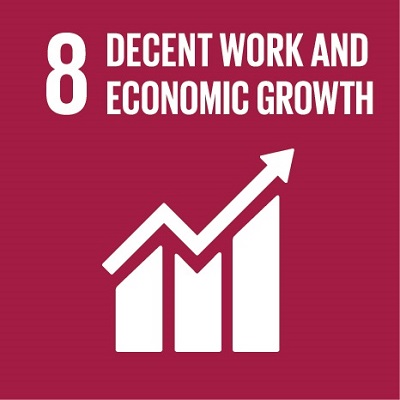
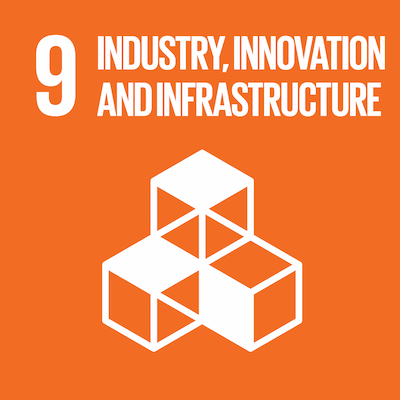
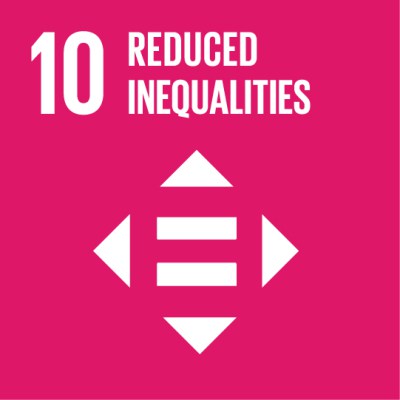
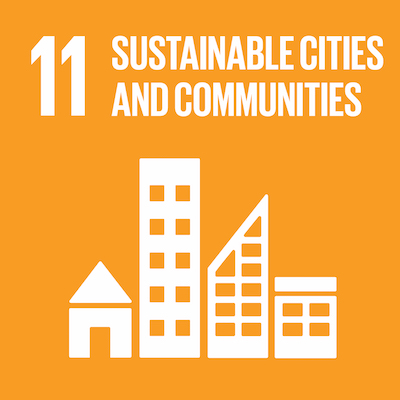

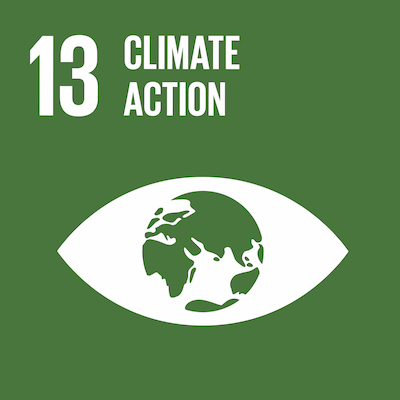
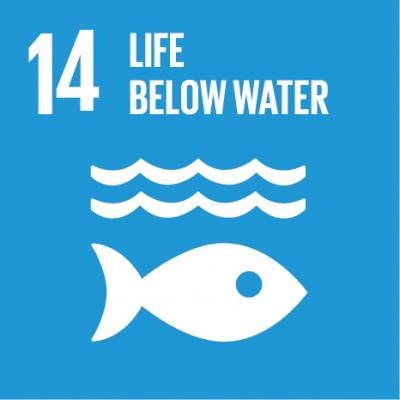
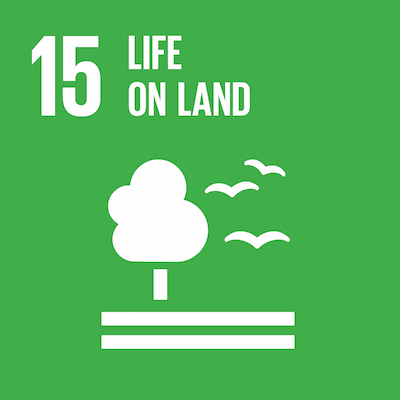
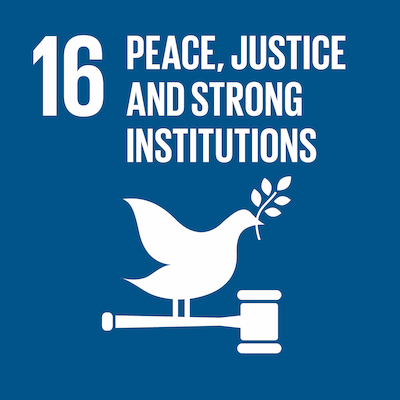
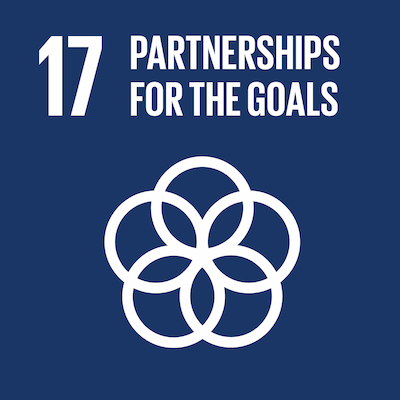
Achieving Gender Equality: A Crucial Step Towards Sustainable Development

Gender equality is a fundamental human right and a necessary precondition for achieving sustainable development. The United Nations' Sustainable Development Goal (SDG) 5, "Achieve gender equality and empower all women and girls," acknowledges the significance of addressing gender disparities and creating a world where everyone, regardless of their gender, has equal opportunities, rights, and freedoms. This article explores the importance of SDG 5 in promoting gender equality, highlights the challenges that persist, and discusses the actions needed to achieve this crucial goal.
The Significance of Gender Equality for Sustainable Development
Gender equality is not only a matter of justice and human rights; it is also essential for achieving sustainable development. When women and girls are empowered and have equal access to education, healthcare, economic opportunities, and decision-making, societies thrive and prosper. Several compelling reasons demonstrate the significance of gender equality:
1. Economic Growth: Gender equality enhances economic growth and poverty reduction. Closing the gender gap in employment could add trillions of dollars to the global economy, boosting productivity and fostering innovation.
2. Education: Ensuring equal access to quality education for girls and boys not only empowers individuals but also has a transformative effect on societies. Educated women are more likely to participate in the labor force, contribute to economic growth, and make informed decisions about their lives and families.
3. Health and Well-being: Gender equality positively impacts health outcomes. When women have access to reproductive health services, including family planning and maternal healthcare, infant mortality rates decrease, and overall health improves.
4. Peace and Security: Gender equality is closely linked to peace and security. Societies that promote gender equality and women's empowerment are more peaceful, less violent, and more resilient to conflicts.
Challenges and Persistent Inequalities
While progress has been made towards gender equality, significant challenges persist:
1. Gender-Based Violence: Women and girls continue to face various forms of violence, including domestic violence, sexual harassment, and human trafficking. Addressing and eliminating all forms of violence against women is crucial.
2. Economic Empowerment: Gender gaps in the labor market, including wage disparities, occupational segregation, and limited access to financial resources, hinder women's economic empowerment.
3. Political Representation: Women remain underrepresented in political leadership roles and decision-making processes, limiting their ability to shape policies that directly affect their lives and communities.
4. Harmful Cultural Practices: Harmful cultural practices, such as child marriage and female genital mutilation, persist in many parts of the world, violating the rights of women and girls.
Actions Needed to Achieve SDG 5
To achieve SDG 5 and promote gender equality, concerted efforts are required at the individual, community, national, and international levels:
1. Legislative Reforms: Governments should enact and enforce laws that protect women's rights and address gender-based violence, discrimination, and inequalities. Legal frameworks must be accompanied by robust implementation strategies and adequate resources.
2. Education and Awareness: Comprehensive education programs should challenge harmful gender norms, stereotypes, and biases. By promoting gender-sensitive curricula and teaching tolerance and respect, societies can foster a culture of gender equality from an early age.
3. Economic Empowerment: Initiatives must be implemented to close the gender gap in economic opportunities. This includes promoting equal pay for equal work, supporting women entrepreneurs, and ensuring access to financial services, training, and technology.
4. Political Participation: Governments and political parties should adopt measures to increase women's representation in decision-making bodies. Quotas and affirmative action can help overcome barriers and create a more inclusive political landscape.
5. Partnerships and Collaboration: Achieving gender equality requires collaboration among governments, civil society organizations, private sector entities, and international bodies. Partnerships can mobilize resources, share knowledge, and scale up successful initiatives.
Conclusion
Gender equality is central to the achievement of sustainable development and a better future for all. By addressing the challenges and persisting inequalities that women and girls face, we can build more inclusive, resilient, and prosperous societies. Achieving SDG 5 requires a collective commitment to empowering women, promoting their rights, and dismantling the barriers that hinder their progress. Only through the concerted efforts of individuals, communities, and nations can we create a world where gender equality becomes a lived reality.

